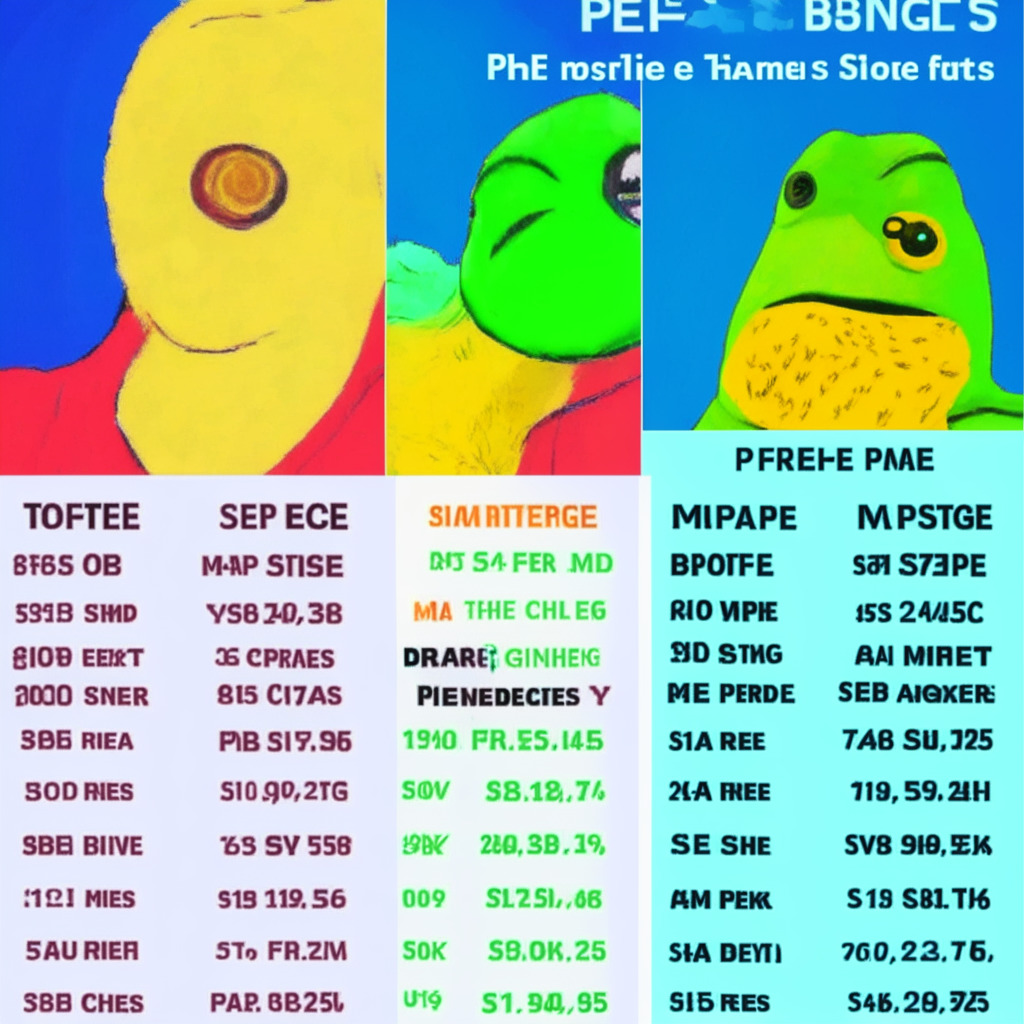Ether (ETH) recently saw a significant trade involving call options expiring in June and September, leading to discussions within the trading community as to the nature of the flow. Data from Amberdata revealed that a single entity was responsible for purchasing over 57,000 contracts of ether’s June expiry call option at a $2,200 strike price while selling an equal number of September expiry call contracts at the same price. Singapore-based QCP Capital served as the market maker for the over-the-counter (OTC) trade, which was reported to Deribit.
Block trades such as this, which involve large transactions outside of the open market to keep prices stable, are often seen as proxies for institutional activity. As Luuk Strijers, chief commercial officer at Deribit, explained, this trade represents a short call calendar spread strategy designed to profit from significant price shifts away from the strike price. The investor likely expects ether prices or volatility to rise after the June expiry.
Deribit’s ether volatility index reached an all-time low recently, sparking interest in traders betting on mean reversion or strategies that would benefit from renewed price swings. Griffin Ardern, a volatility trader at Blofin, noted that the OTC block trade initially appeared as a calendar spread but may actually be a rollover of a covered call strategy from the June expiry to the September expiry.
A covered call strategy involves selling a call option against a long position in the spot market, allowing holders to generate extra income. This strategy is typically used when stakeholders don’t expect major price rallies in the short term. By rolling over the options position, the trader is essentially moving it from a near-term expiry to a longer-term expiry.
Markus Thielen, head of research and strategy at Matrixport, expressed a similar view that this strategy could generate double-digit returns in annualized terms, estimating it could potentially yield 15% to 20%. Selling covered calls can represent a bearish view on volatility.
QCP Capital explained that selling volatility has become a popular source of yield within the crypto market due to the decline of borrowing and lending markets last year. As a result, many investors are opting to sell covered calls or puts to generate returns, taking on the risk of the option being exercised in exchange for earning yields on assets.
Source: Coindesk




